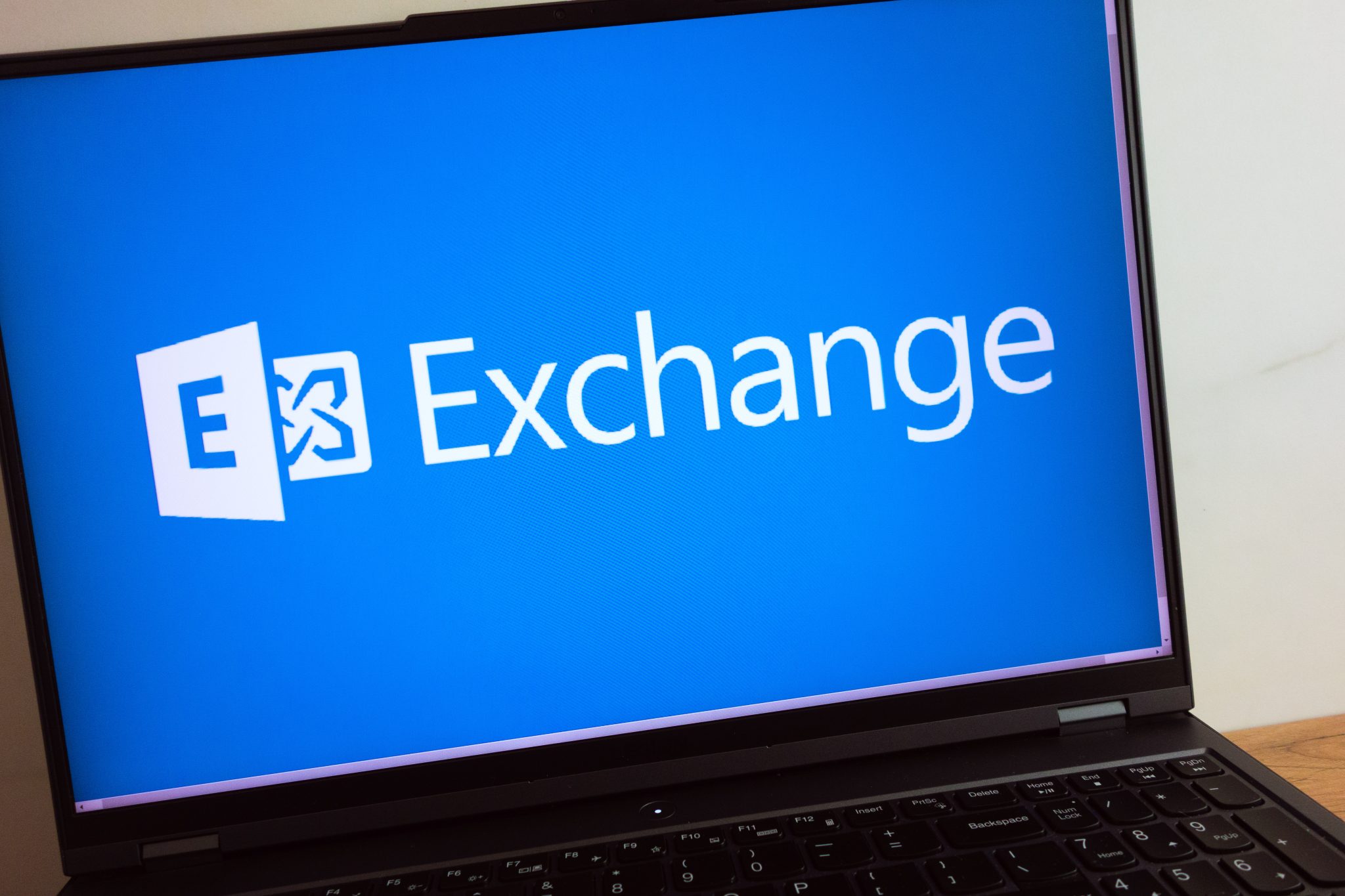Understanding the Benefits of Microsoft Exchange Mailboxes
Email remains an indispensable tool for communication in today’s corporate landscape, despite the burgeoning array of communication technologies. Within the vast choices available, Microsoft Exchange and Internet Message Access Protocol (IMAP) stand out as two of the more prevalent email services. While IMAP has long been the mainstay for standard email services, Microsoft Exchange delivers an array of features that transcend the capabilities of basic IMAP mailboxes.
This article delves into the myriad advantages of Microsoft Exchange mailboxes.
1. Enhanced Security Measures
Security is a paramount concern for any business, and Microsoft Exchange provides a significantly more secure environment for email communications. Exchange mailboxes come with advanced security features such as anti-malware and anti-spam filters, which are regularly updated to protect against emerging threats. Exchange also supports Data Loss Prevention (DLP) policies, enabling organisations to safeguard sensitive information and comply with regulatory mandates.
2. Seamless Outlook Integration
Microsoft Exchange is engineered to operate seamlessly with Microsoft Outlook, offering a richer experience compared to the standard IMAP service. Users enjoy an array of features such as calendar sharing, task management, and contacts synchronisation. Exchange also enables full access to Outlook’s extensive functionalities, including advanced search features and the capability to recall sent messages – features not available with IMAP.
3. Superior Collaboration Tools
Collaboration lies at the core of modern business operations, and here Exchange truly excels. Exchange mailboxes facilitate public folders, group scheduling, resource bookings, and shared task lists – services not typically provided by IMAP servers. Moreover, Exchange integrates with other Microsoft products such as SharePoint and Teams, providing a cohesive collaboration platform.
4. High Availability and Disaster Recovery
Microsoft Exchange is designed with high availability and disaster recovery in mind. Features such as Database Availability Groups (DAGs) ensure mail data is replicated across multiple servers and data centres, providing redundancy and ensuring swift recovery from outages. This level of resilience is generally beyond the remit of standard IMAP services.
5. Robust Mobile Device Management
With the contemporary emphasis on mobile connectivity, the capacity to manage emails securely across various devices is essential. Exchange offers comprehensive Mobile Device Management (MDM) capabilities, allowing IT administrators to enforce security policies, remotely wipe data on lost devices, and manage application access. These extensive MDM functions are not inherently available with basic IMAP mailboxes.
6. Archiving and Compliance Features
Exchange mailboxes proffer advanced archiving, eDiscovery, and compliance features that are crucial for businesses that must retain email records for legal and regulatory reasons. Users can archive emails effortlessly, and administrators can execute cross-mailbox searches to fulfil information requests. These mechanisms are more sophisticated than those typically available with IMAP.
7. Customisation and Control
With Exchange, IT departments have greater control over the email environment. They can create custom transport rules, manage mailbox permissions, and configure detailed message tracing options. While IMAP provides a level of configuration, it does not offer the granular control afforded by Exchange.
8. On-Server Email Signatures for Brand Consistency
A less conspicuous but potent feature of Microsoft Exchange is its capability to create and manage on-server email signatures. This aids immensely in maintaining brand consistency.
Centralised Signature Management
Exchange allows central management of email signatures from the server, ensuring all emails carry consistent signatures with appropriate branding and contact information. This centralisation eliminates variability and inconsistency, a common issue with IMAP mailboxes where individuals create their own signatures.
Marketing and Compliance Advantages
A uniform email signature not only bolsters professionalism but also serves as a marketing vehicle by including promotional elements, links, or calls to action. Additionally, for industries with specific legal requirements, Exchange can automatically append disclaimers to every email to ensure compliance—something not possible with IMAP.
9. Shared Contact Lists: Streamlining Connections
Exchange enhances contact management by providing shared contact lists accessible to all employees, ensuring up-to-date information is available, aiding communication efficiency. This centralised approach is particularly beneficial for collaboration, allowing for a single, consistent repository of contacts that can be accessed across various devices.
10. Exchange Calendaring: Harmonising Timetables
Exchange’s advanced calendaring capabilities far surpass those of basic IMAP services. With comprehensive scheduling tools, users can manage meetings, view others’ availability, book resources, and share calendars to coordinate effectively. Delegate access also allows users to manage appointments on behalf of others, a valuable feature for high-level executives and teams.
Conclusion
When these features are considered collectively, Microsoft Exchange clearly demonstrates its superiority over basic IMAP mailboxes. From heightened security to sophisticated collaboration, and from centralised contact management to advanced calendaring, Exchange is the definitive choice for businesses seeking a robust email infrastructure to support their operations and boost productivity. Opting for Microsoft Exchange represents a strategic investment in a more integrated, effective, and professionally consistent communication platform.


